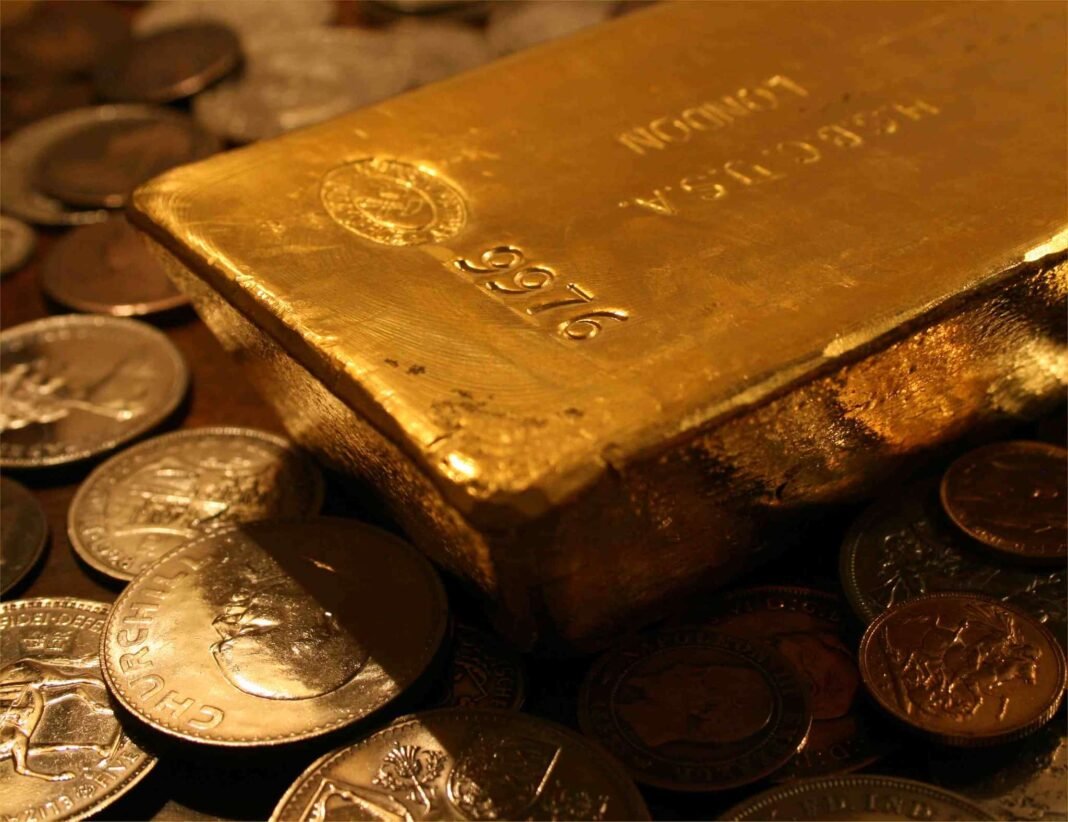
Since the US dollar’s gold convertibility ended in 1971, gold has steadily risen as an investment, surging notably in the past decade. From $35 per ounce in the 1970s, gold rose to $300 in the 1980s, exceeded $450 in the 2000s, reached $1,700 in 2012, and surpassed $2,000 in 2022 during US debt crises and the COVID-19 pandemic. The explosive rise in 2024 and 2025 brought gold to $2,700 by mid-2025, and it is currently trading at $4,000.
Today, gold is valued not only as a “safe-haven” asset but also as a strategic investment. It is favored by institutional investors, ETFs, and private investors alike and serves as a reserve asset for major countries and central banks seeking to reduce reliance on the US dollar. These are not merely short-term shelter strategies; gold is increasingly being incorporated into investment portfolios. Deeper and longer-lasting changes in the global economy influence these dynamics.
Investing in gold: Geopolitical and economic drivers
Traditionally, gold demand increases during periods of geopolitical or currency instability, particularly affecting the US dollar, in which gold prices are expressed. Unlike in the past, the world now faces prolonged, intense, and serious geopolitical uncertainty and instability, including major hotspots such as the Russia-Ukraine war and crises in the Middle East and surrounding regions.
Economic factors also play a key role. Political uncertainty following Trump’s election raised fears of a global trade war, which could negatively impact countries, currencies, and global growth. Heightened uncertainty makes other investment markets high-risk, increases instability in reserve currencies, and drives investors toward gold for stability.
Additionally, the shift in US monetary policy toward a more accommodative stance after restrictive measures in 2022-2023, along with concerns about slowing growth in the US economy, has weakened the dollar and boosted demand for gold. Lower interest rates make assets such as bonds less attractive, enhancing gold’s competitiveness, although hoarding gold diverts financial resources from economic activity and can have negative consequences for global growth.
Inflationary pressures, which remain high in almost all countries, are primarily cost-driven, rising from food, raw materials, rents, and general living costs, sometimes exacerbated by climate change. These pressures encourage investors to seek gold as a hedge against potential losses in purchasing power, because gold is non-issuable, does not inflate, and is not dependent on state actions. Fears of global economic slowdown further strengthen demand for gold and support its inclusion in diversified investment portfolios, given its resilience in volatile periods.
The US dollar and euro in focus
The US dollar, as the primary global reserve currency, is influenced by Federal Reserve policy and US macroeconomic indicators. Recently, markets have been confronted with a new source of uncertainty: the effects of US government shutdowns caused by Congress’s inability to agree on funding under the country’s large federal debt.
This scenario heightens political and credit risk, casts doubt on the effectiveness of fiscal institutions, and undermines confidence in fiscal management. Delays in releasing key economic data, including employment figures, complicate the Fed’s decisions and create uncertainty around the dollar’s stability.
In the medium term, projections depend on the resolution of fiscal issues. If resolved quickly, the dollar could recover some losses. However, if problems persist or become frequent, confidence in the dollar may weaken, encouraging investors to move capital toward other currencies, including the euro, or toward safe-haven assets such as gold.
Meanwhile, the euro is gaining appeal as a relatively stable alternative currency with a solid institutional environment. The dollar’s weakening following US government shutdowns coincided with a rise in the euro, reflecting differences in monetary policy, economic performance, and investor confidence in institutional reliability between the US and the Eurozone.
ECB forecasts for 2025 anticipate around 2 percent inflation and 1.2 percent growth, supporting a stable monetary environment. These figures point to a stable inflationary climate and positive, though modest, current growth, enabling the ECB to maintain relatively restrained policy without extraordinary interventions.
The euro’s market performance is also influenced by capital flows, which increase its appeal relative to the dollar. However, long-term consolidation of the euro’s vitality depends on sustained productivity and investment growth across the EU. The EU faces the challenge of investing in knowledge and innovation sectors, managing European investment flows to the US, and directing deposits toward high-value European enterprises.
The EU aims for national capital markets integration and the harmonization of savings and investment systems to foster long-term growth and strengthen the euro’s stability.
Outlook for investors
In conclusion, gold and the euro are increasingly perceived as safe and strategic investment options amid global uncertainty.
Gold remains a hedge against inflation and market volatility, while the euro gains strength from macroeconomic performance, monetary policy expectations, and capital flows. Investors must consider these dynamics when balancing risk, returns, and the evolving geopolitical and economic landscape.
By Panagiotis Alexakis, Emeritus Professor of Business and Market Economics, National and Kapodistrian University of Athens
Written in Greek and translated into English


